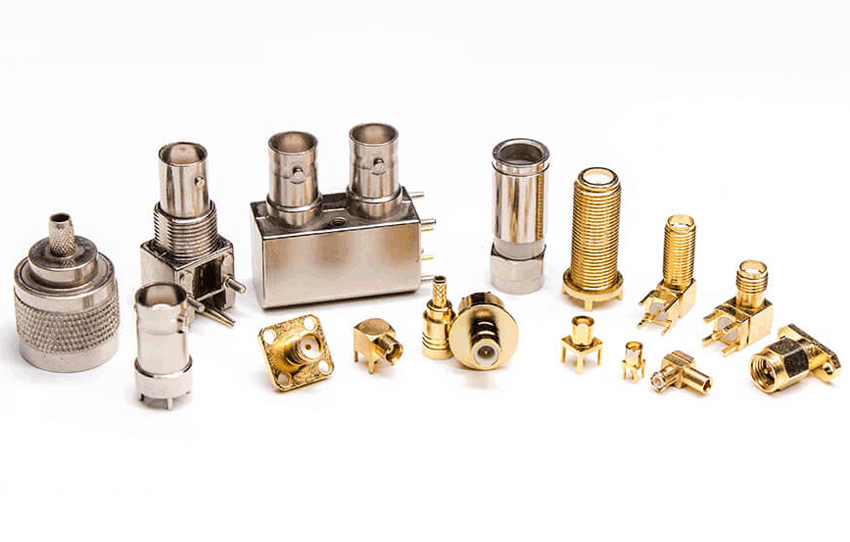China began to develop and produce RF connectors by complete machine factories in the 1960s. Production began in the 1970s by professional manufacturers. Before the 1980s, it was based on the principle of self-reliance and mainly imitated Soviet products. Since the 1980s, international standards have been adopted to develop and produce international general-purpose products, mainly state-owned and collective enterprises. Joint ventures and foreign-funded enterprises. Up to now, there are hundreds of domestic RF connector manufacturers, but the scale is not large. The production methods of key manufacturers and the production level of general connectors are comparable to those of foreign countries.
1. The strength is weak and the scale is too small.
2. The concept of participating in market competition is outdated, and the civilian product market has been sold below cost, and other unfair competition has also appeared.
3. Poor sense of globalization, unable to adapt to the needs of the new economic era.
4. Digitization and e-commerce management are backward.
5. There is no RF connector major in universities and colleges, resulting in a lack of professional talents.
6. The continuous influx of foreign capital and localized production.
7. The technology of precision connector and surface mount connector is backward.
8. The passive intermodulation problem has not attracted enough attention.

Development Trend of RF Coaxial Connectors
1. Miniaturization. With the miniaturization of the whole system, the size of RF connectors is getting smaller and smaller, such as SSMB, MMCX and other series, which are very small.
2. High-frequency, the United States HP has introduced RF connectors with a frequency of 110GHz as early as a few years ago. The frequency of domestic general products does not exceed 40GHz. The frequency of flexible cables does not exceed 10GHz, and the frequency of semi-rigid cables does not exceed 20GHz.
3. Multifunctional, in addition to the role of a bridge, it also has the function of processing signals, such as filtering, phase modulation, mixing, attenuation, detection, amplitude limiting, etc.
4. Low standing wave and low loss meet the needs of precision measurement.
5.Large capacity and high power mainly meet the development needs of the information superhighway.
